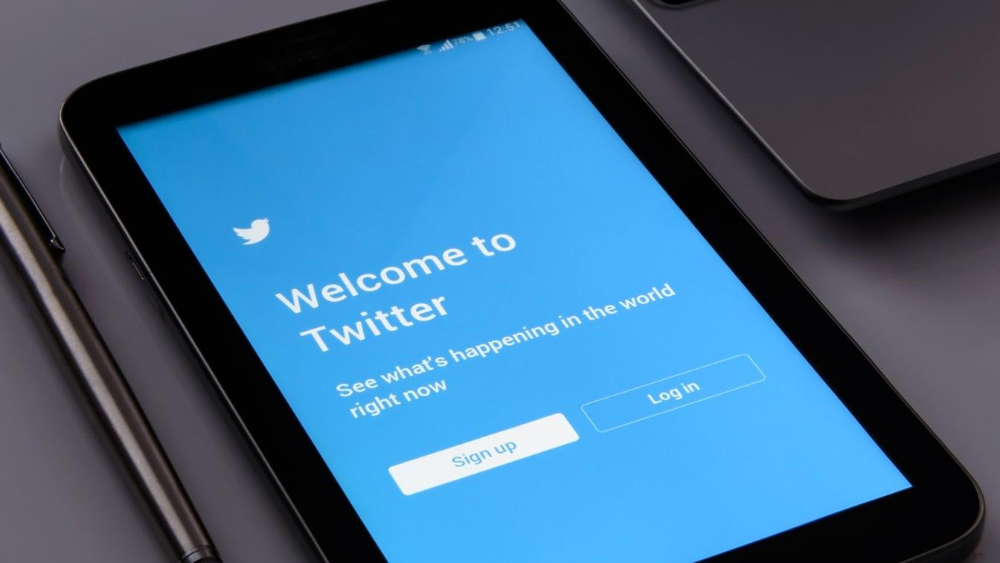Insights
INSIGHTS
All Topics
My Account
Top 12 Twitter hacks for charities
02 Sep 2020by Christine Chiu
Still struggling with those 280 characters? Lost amongst all the Twitterati? Look no further
While the Twittersphere can be daunting, the social media platform is useful for building engagement. We’ve compiled a list of the 12 best hacks for charities.
1.) Make the best out of your profile
It might sound like simple advice, but put your best foot forward.
Social Media Today recommends that charities ensure that their Twitter bios, links, profile headers, and pinned tweets work.
Tailoring profile photos from square to round refines the account profile. Charities should also hone in on keywords and terms. Within the profile, make sure that searched for terms are included.
Be strategic when posting links on your profile. Links should go straight to a specific page, not just the homepage of your site. Pinning your best tweet on your profile adds context for audiences.
2.) Get verified
Twitter lets people know about ’real’ accounts by posting a small blue check badge. This is a sign of authenticity. Verified accounts give audiences confidence that posts are really from the charity rather than an imposter.
3.) Engage with your followers
Now that you’re on Twitter, engagement helps grow and keep followers. Commenting in the Twittersphere also increases charity engagement. Charity teams should comment and engage in conversations that matter. This shows audiences that you are reaching out.
To boost engagement, Sprout Social recommends tweeting frequently, posting visual content and making use out of hashtags. Don’t forget to reply to tweets and invite followers to feedback.
4.) Plan your posts
Take the stress out of posting. Social media management platforms help charities schedule posts ahead of time so that teams aren’t caught out at the last minute. The added benefit of scheduling posts is that charity teams can check, and double-check content before it is published.
5.) Understand the Twitter algorithm
Figuring out how to get to the top of the Twitter feed means more attention for charity posts. Hootsuite says that for Top Tweets and Topics, Twitter looks at many factors.
These factors include how recently the tweet was published; relevance and use of keywords; engagement; and media.
Sprout Social says that the Twitter timeline is compiled both from an algorithmic and a recency perspective. The first section of the timeline works by showing tweets determined by the social media platform’s algorithm based on relevance.
The second section, called “In Case You Missed It” pulls out older tweets from accounts frequently engaged with. This section shows a snapshot of tweets audiences might have missed since the last time they checked in. The regular feed shows updates without any algorithmic selection. Understanding how of these sections work can means that charities can tailor posts to appear on the top.
6.) Search for Twitter lists
Twitter lists are customised lists of Twitter accounts. The compilations help charities narrow down specific accounts to follow, and could be used to target new audiences. Charities can use Twitter lists compiled by other accounts, or lists can be customised.
For charities looking to hone in on audience targeting, bespoke lists can ensure that the right accounts are included in marketing communications.
7.) Use images instead of text
Think “a picture is worth a thousand words” when posting on Twitter. Images don’t count as part of the tweet limit, so if there are compelling images to share on Twitter, then post away.
8.) Post multiple times a day
Twitter moves at a faster pace than other social media sites. Buffer says; “if you want to wring the most value out of every tweet you send, tweet about five times each day.” According to Buffer, multiple tweets a day boosts engagement by allowing posts to circulate and be reposted by other accounts.
9.) String tweets together
Can’t say it all in one post? Stringing tweets together can build momentum for an ongoing story and generate ‘tweetstorms.’ Twitter’s built-in function links each 280-character post in a series so that topics can be updated and commented on. Once finished, the series can be published all together.
10.) Know your stats
Make sure that the Twitter Analytics function is turned on. The free dashboard provides data on impressions (i.e. how many times your tweet has been seen), engagement, and engagement rate. The number of followers over time is also recorded on the dashboard. Using the dashboard, charities are able to gauge how successful the social media strategy is.
11.) Know the Twitter limits
Twitter has limits for each input field. Aside from the 280-character limit on posts the other forms of messaging also have restrictions. Direct messages have a max length of 10,000 characters. Twitter handles can take 15, while profile names can’t be longer than 20 characters.
12.) Embed your Twitter handle everywhere
It’s not enough to just be on Twitter. Driving audiences to follow your account is key. Adding your charity’s Twitter handle to email signatures, websites, business cards, and any other media direct audiences to the account. Embedding your Twitter feed on your website also works to attract followers.
More on this topic
Recommended Products
Our Events
Charity Digital Academy
Our courses aim, in just three hours, to enhance soft skills and hard skills, boost your knowledge of finance and artificial intelligence, and supercharge your digital capabilities. Check out some of the incredible options by clicking here.

















